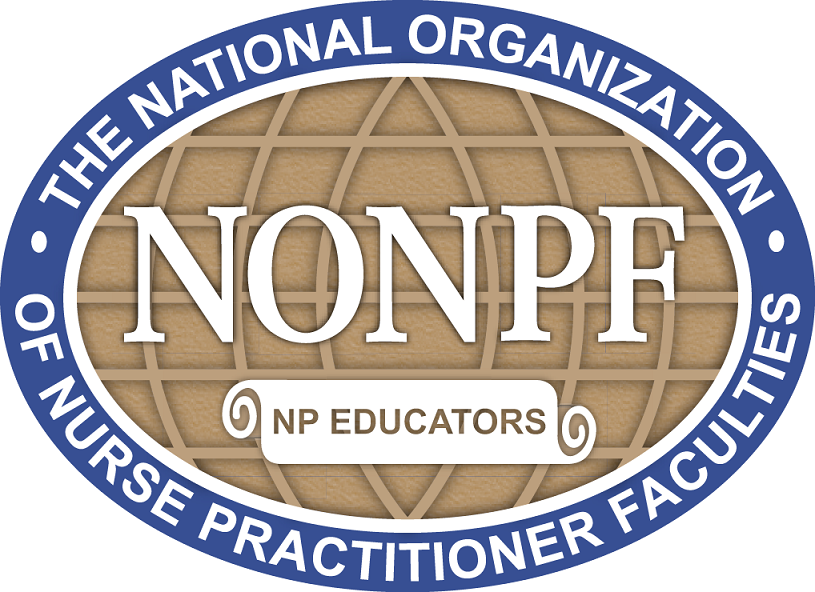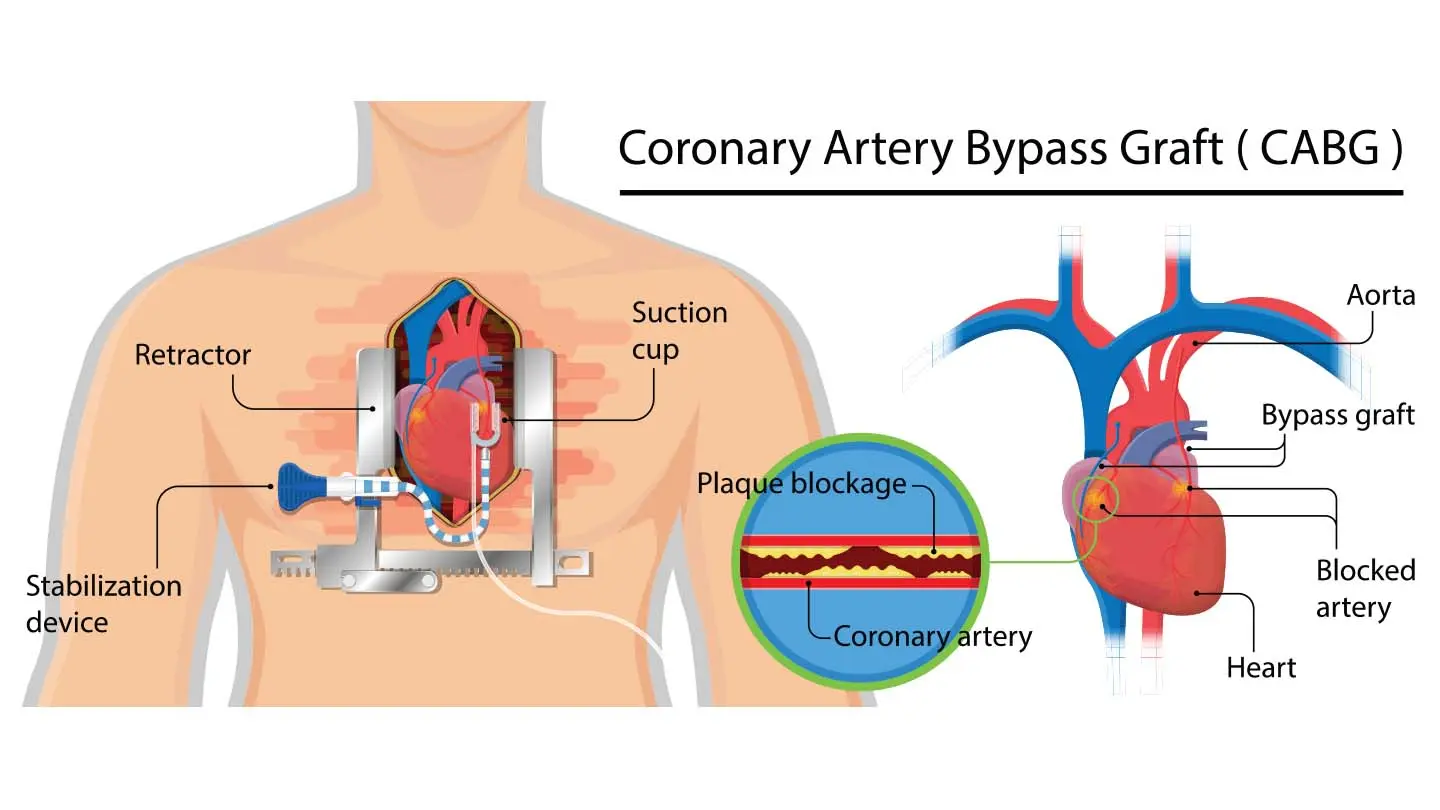Nursing Professional Development Paper
Nursing Professional Development Paper
Requirements
The APN Professional Development Plan paper is worth 200 points and will be graded on the quality of the content, use of citations, use of Standard English grammar, sentence structure, and overall organization based on the required components as summarized in the directions and grading criteria/rubric. (Nursing Professional Development Paper)
Submit the paper as a Microsoft Word Document, which is the required format at Chamberlain University. You are encouraged to use the APA Academic Writer and Grammarly tools when creating your assignment.
Follow the directions below and the grading criteria located in the rubric closely. Any questions about this paper may be posted under the Q & A Forum or emailed to your faculty.
The length of the paper should be 5-8 pages, excluding title page and reference page(s). Support ideas with a minimum of 3 scholarly resources. Scholarly resources do not include your textbook. You may need to use more than 3 scholarly resources to fully support your ideas.
You may use first person voice when discussing information specific to your personal practice or skills. Current edition APA format is required with both a title page and reference page(s). Use the following as Level 1 headings to denote the sections of your paper (Level 1 headings use upper- and lower-case letters and are bold and centered):
- APN Professional Development Plan (This is the paper introduction. In APA format, a restatement of the paper title, centered and not bold serves as the heading of the introduction section)
- APN Scope of Practice
- Nurse Practitioner (NONPF) Core Competencies
- Leadership Skills
- Conclusion

Directions
Introduction: Provide an overview of what will be covered in the paper. Introduction should include general statements on scope of practice, competencies, and leadership, and identification of the purpose of the paper.
APN Scope of Practice: Research the Nurse Practice Act and APN scope of practice guidelines for the state in which you intend to practice after graduation. Describe the educational, licensure, and regulatory requirements for that state in your own words. Identify whether your state allows full, limited, or restricted NP practice. Discuss NP prescriptive authority in your state. Provide support from at least one scholarly source. Source may be the regulatory body that governs nursing practice in your state.
Nurse Practitioner (NONPF) Core Competencies: Review the NONPF Core Competencies. Describe two competency areas you believe to be personal strengths and two competency areas in which you have opportunities for growth. Discuss two scholarly activities you could do during the master’s program to help yourself achieve NP competencies. Provide support from at least one scholarly source. Source may be NONPF Core Competencies document provided via the link in the week 2 readings.
Leadership Skills: Analyze three leadership skills required to lead as an NP within complex systems. Describe two strategies you could use to help you develop NP leadership skills. Provide support from at least one scholarly source. Textbooks are not considered scholarly sources.
Conclusion: Provide a conclusion, including a brief summary of what you discussed in the paper. (Nursing Professional Development Paper)
Introduction (168%)
Provides an overview of what will be covered in the paper. Introduction should include:
- general statements on scope of practice.
- general statements on NP competencies.
- general statements on leadership.
- identification of the purpose of the paper.
APN Scope of Practice (7236%)
Identify the intended state of practice after graduation.
Describe the educational, licensure, and regulatory requirements for state.
Identify whether the state allows full, limited, or restricted NP practice.
Discuss NP prescriptive authority in the state.
Provides support from at least one scholarly source. Source may be the regulatory body that governs nursing practice in the state.
Nurse Practitioner (NONPF) Core Competencies (3819%)
Describe two competency areas believed to be student’s personal strengths.
Describes two competency areas in which student has opportunities for growth.
Discuss two scholarly activities to do during the master’s program to help student achieve NP competencies.
Provide support from at least one scholarly source. Source may be NONPF Core Competencies document provided via the link in the week 2 readings.
Leadership Skills (3819%)
Analyze three leadership skills required to lead as an NP within complex systems.
Describe two strategies student could use to help develop NP leadership skills.
Provide support from at least one scholarly source.
Conclusion (168%)
Provide a conclusion, including a brief summary of what was discussed in the paper.
18090% Total CONTENT Points= 180 points
ASSIGNMENT FORMAT
Category Points % Description
APA Formatting 105% Formatting follows current edition APA Manual guidelines for title page, body of paper (including citations and headings), reference page.
Writing Mechanics 105% Writing mechanics follow the rules of grammar, spelling, word usage, punctuation, and other aspects of formal written work as found in the current edition of the APA manual. The length of the paper is at least 5 pages but no more than 8 pages.
2010% Total FORMAT Points= 20 points
200100% ASSIGNMENT TOTAL=200 points
(Nursing Professional Development Paper)
References
American Association of Nurse Practitioners. (2021). Nurse practitioner core competencies. https://www.aanp.org/advocacy/advocacy-resources/nurse-practitioner-core-competencies
American Nurses Association. (2015). Nursing: Scope and standards of practice (3rd ed.). Silver Spring, MD: Author. https://www.nursingworld.org/our-certifications/nursing-scope-and-standards/
National Organization of Nurse Practitioner Faculties. (2018). Nurse practitioner core competencies content. https://www.nonpf.org/page/NPCompetencies
Florida Department of Health. (2023). Nurse Practice Act. https://floridasnursing.gov/ (Specific link to the Nurse Practice Act section on the Florida Department of Health website)
D’Arcy, Y. (2020). Advanced practice nursing: A guide for nurse practitioners. Jones & Bartlett Learning.
Zaccagnini, M. E., & White, K. W. (2017). The Doctor of Nursing Practice Essentials: A New Model for Advanced Practice Nursing (3rd ed.). Jones & Bartlett Learning.
U.S. Department of Health and Human Services. (2021). Advanced practice registered nursing. https://www.hhs.gov/about/agencies/ahrq/advanced-practice-registered-nursing/index.html
Beeman, J. (2021). Leadership in nursing practice: Theoretical and practical approaches. Nursing Leadership. https://journals.lww.com/nursingmanagement/Abstract/2021/07000/Leadership_in_nursing_practice__Theoretical_and.5.aspx












